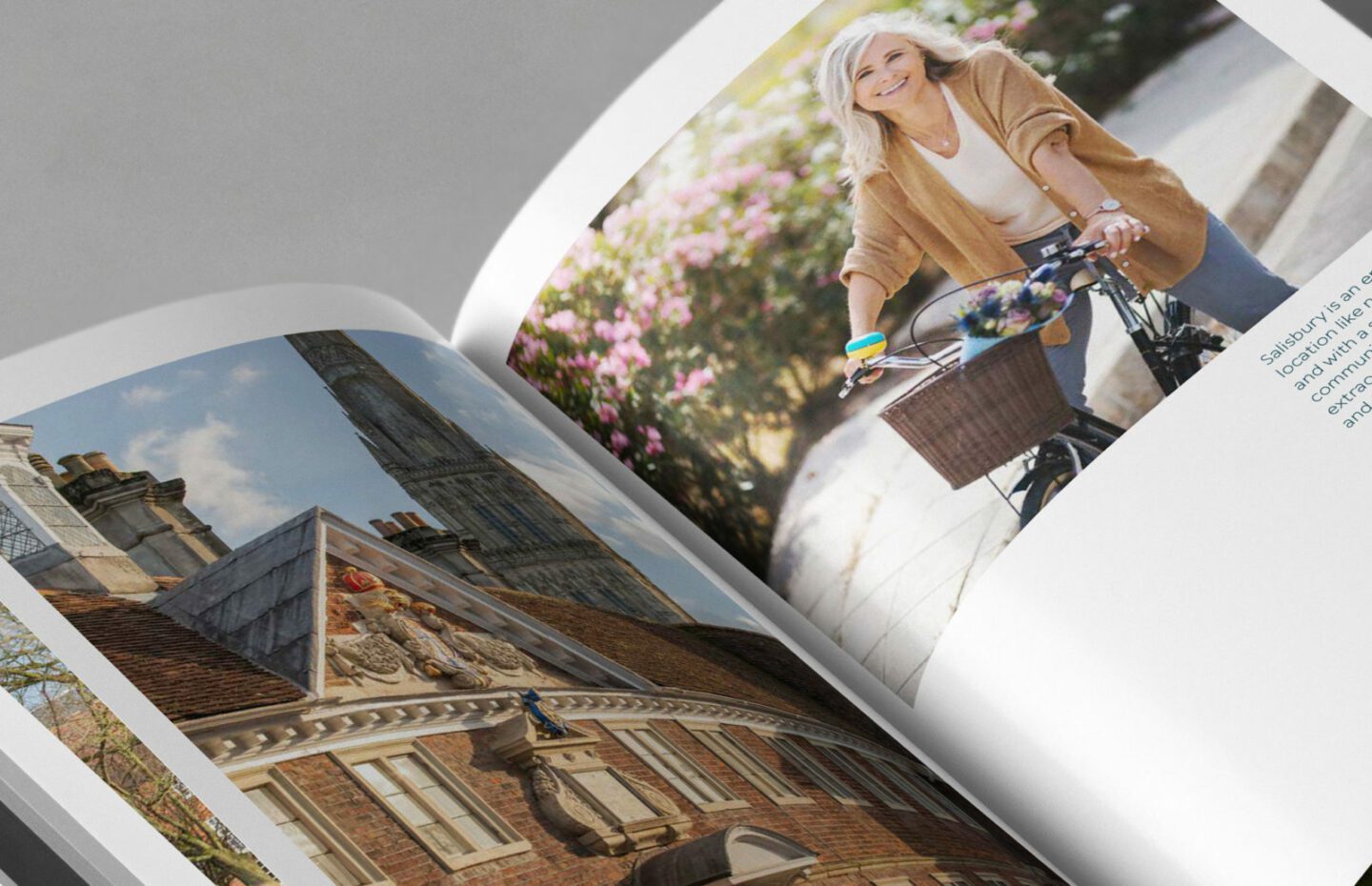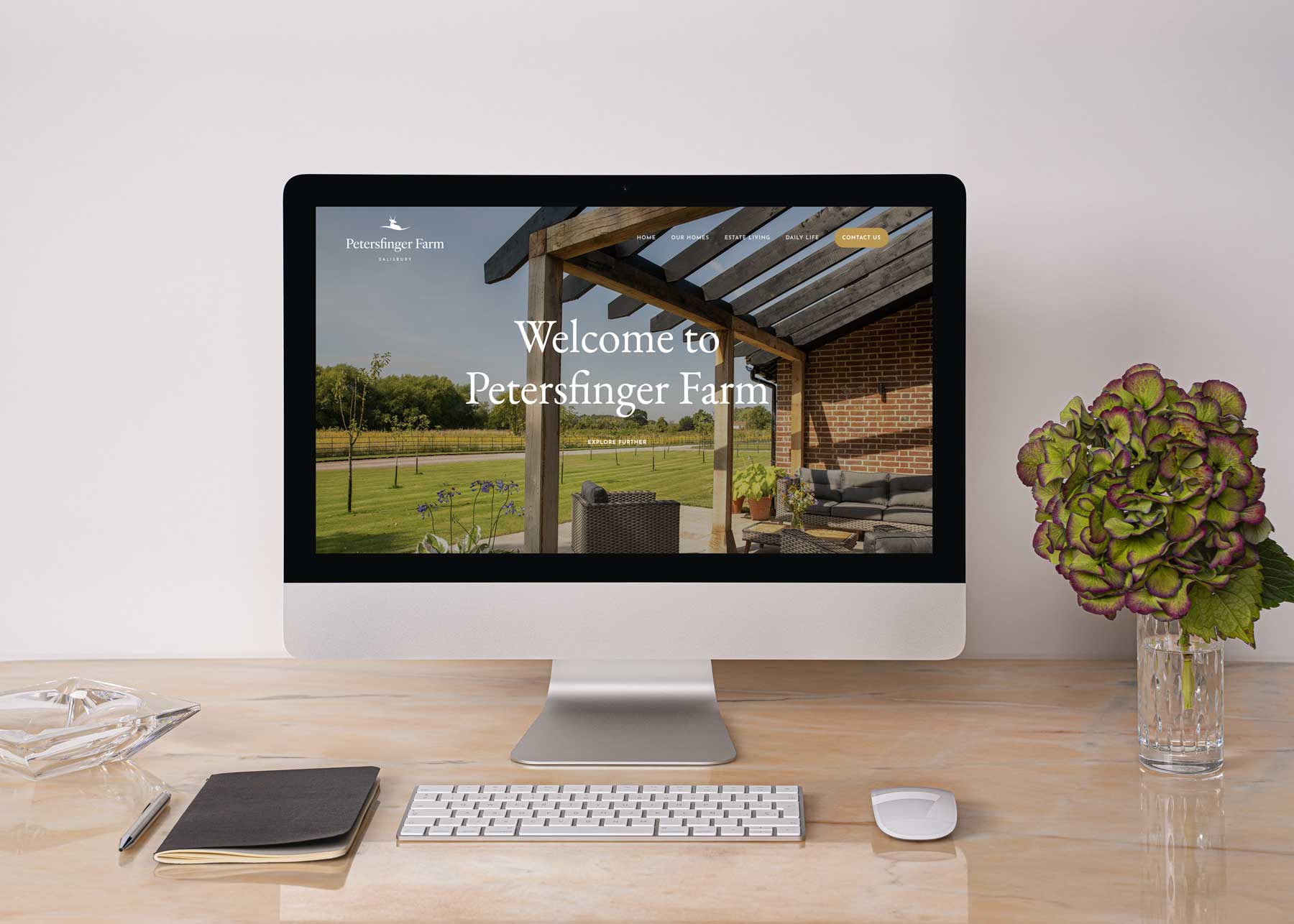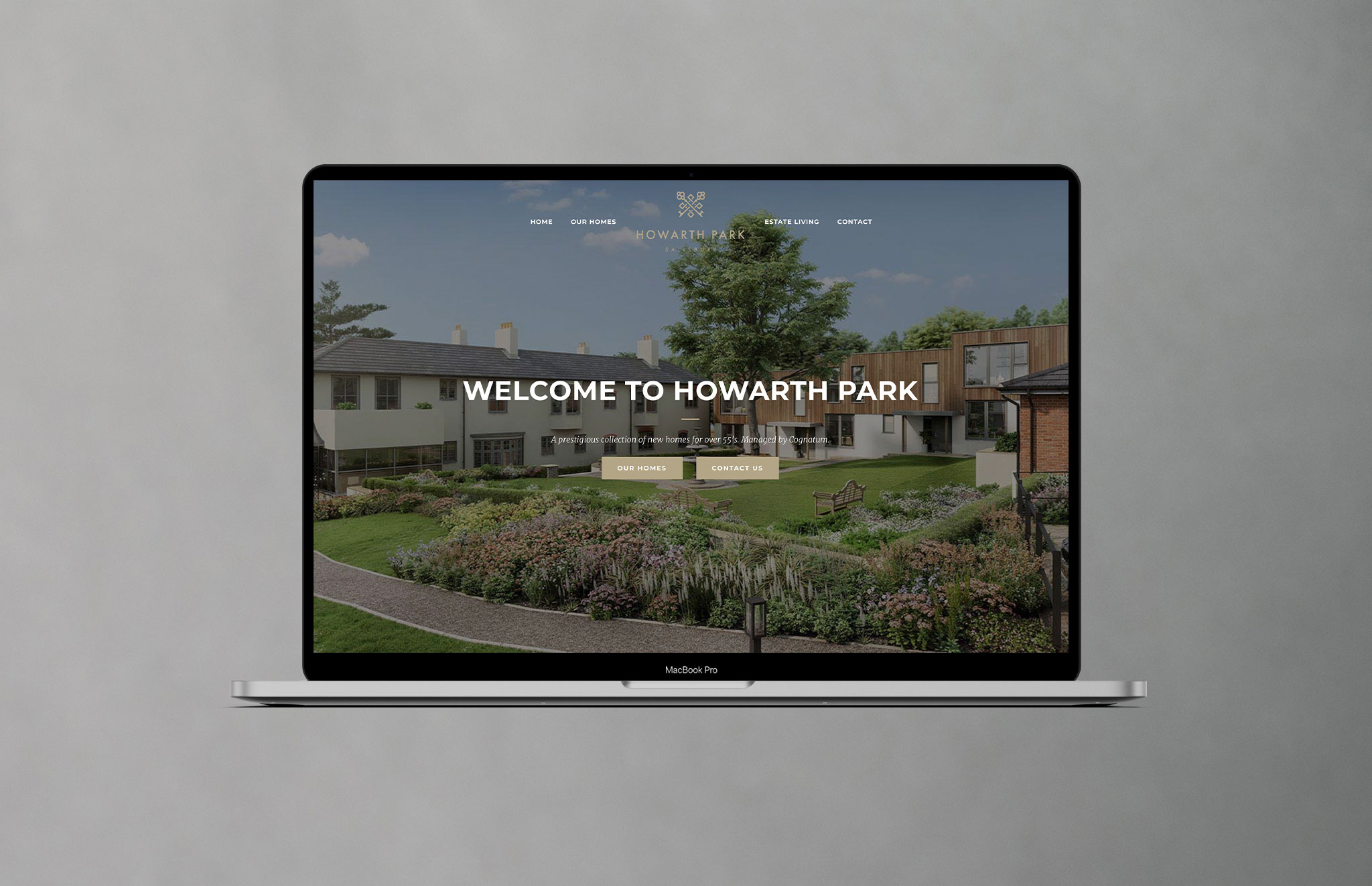
The printed development brochure has been the mainstay of the property sector for as long as we can remember.

The printed development brochure has been the mainstay of the property sector for as long as we can remember. It’s what you do; create a brand, design a brochure, print and distribute. More recently and especially since COVID, digital versions of brochures have been preferred, but do they have the lasting impact that the printed equivalent had; lingering on the coffee table as a reminder of the house you might like to buy?
In reality, what potential buyers need, and are asking for, is as much accurate information as possible. Information that enables them to truly understand and visualise a property, or development, enough to decide whether it’s right for them and whether to commit.
So what is the future of the printed brochure? Do people need and expect the cost-heavy, quick-to-be-outdated comfort of a glossy brochure or is there an alternative, perhaps better option? To answer this, let’s consider a potential customer’s needs.

Microsite designed by Antler for Petersfinger Farm, a Cognatum development
Yes, a brochure is a nice take-away to remind a potential purchaser of the show-home tour or to entice them to book a site visit. To deliver on most housebuilder’s desire to sell off-plan, at the time of print a brochure typically only contain CGIs, floor plans and library photos of previous developments. Beyond the launch, a brochure is then the plan rather than the reality.
“We’ve seen a massive decrease (in requests for printed brochures). One development in particular – 80 apartments, 400 enquiries, 28 reserved off-plan – I haven’t had one person ask for a printed brochure. But they do ask for a digital brochure, or for more information digitally.”
Stuart Cockram, Sales & Marketing Director, Juno Developments.
It never makes sense to print prices into a brochure. As a result, the brochure in isolation is never enough to support the decision-making process. The price list print out is a bind to keep updated but it really is essential to the home buyer. Ideally, a brochure would contain pricing, availability, choices and extras information, Help to Buy details and much more, but so subject to change it just doesn’t make sense to include in print.
So, what we actually need is something that is easy to keep current, contains more than 12 printed pages of information but still sells the development by staying in sight.
“Although on the decrease, a beautifully designed brochure printed on a high-quality stock will always have our attention, and probably that of your customer too”
Simon Jenns, Director, Antler Property Marketing
What we have learned from the last year is that people can do digital when there is a need or when it’s the only option. Zoom shares soared and Amazon was run off its feet as people flocked to online this year. Can the property sector benefit from this change of consumer behaviour and attitudes in the long run? If so, what are our alternatives to the humble brochure?
As technology advances, the cost of implementing a development website has dropped and in most instances, is at least on par with glossy print costs. The benefit they can offer over print is two-fold: delivering up-to-date information (updated by your marketing team, or Antler) and providing a one-stop-shop for everything your potential buyer needs to know.
The added benefit is removing the reliance on the site visit to make a decision. This sounds risky, but in fact wouldn’t turn-off those who are truly interested in buying a property. In addition, we can deliver much more content that people are used to using to make a decision. For example, video and interactive maps provide in-context information as do links to online resources about schools, local facilities and amenities which allows the potential buyer to complete their research.

Microsite designed for Howarth Park
As with a microsite, the cost of developing an app has also dropped. There are even websites that can be converted to apps to allow the same information to be used – less to keep up to date!
The key benefit of an app over a website is its ability to stay in sight. We spend more and more time looking at our phones for work, leisure and entertainment – your development’s app could be seen multiple times a day and will travel with your potential customer, on-hand whenever they want it.
Another benefit is the app’s ability to connect with your potential buyer. It can send them a notification about events and offers, it can tell them something new has been added or updated. It can even know they’re nearby and invite them to drop in! Can a glossy brochure do that?
Finally, we must consider the longevity of a brochure beyond the reservation process. Other than to deliver its CGIs, floor plans and library shots, it cannot offer much more assistance to someone who has already reserved. A website or an app, once logged in, can guide them through the sale progression and keep them updated. The app or website can also bridge the gap in communications while their home is being built or the paperwork is going through.
We surveyed a small sample of recent homebuyers to test their appetite for, and perception of, a printed brochure and to find out more about their experiences. 60% said that they didn’t receive a printed brochure when they purchased their home, showing that perhaps printables are on the decrease or perhaps that COVID meant they didn’t receive one. To clarify, we asked if they would have liked a printed brochure, to which 80% said that they wouldn’t.
“We try not to request printed materials, we’re more than happy to receive PDFs on email or bookmark a website that we know will be up to date” explains Ian, a new homeowner in Emsworth.
90% of respondents said that they would have liked more information available to them online once they had made their decision to buy. Interestingly, of our respondents, 60% were purchasing from national home builders where you may anticipate this information to be more available.
An impressive 80% of respondents considered themselves good to very good at using online tools and resources and 70% said that they would consider downloading an app to support their home purchase. Only 10% believed this might have been an option for their home purchase but that it wasn’t suggested by their sales contact.
“I don’t feel the glossy version will become completely redundant however I think it will fade out in years to come…”
Stuart Cockram, Sales & Marketing Director, Juno Developments
Although digital is certainly taking the lead by offering extensive content benefits, the brochure will always have a place. Those developments where the prestige of the brand needs to be reflected in print, or perhaps where the average age of the target audience might require a printed alternative. Plus, print is a beautiful thing. A beautifully designed brochure printed on a high-quality stock will always have our attention, and probably that of your customer too.

Brochure designed by Antler for Metis Homes, Summer Meadows development
What a brochure can deliver in terms of memorability and comfort, a website or app can trump with wealth of information and the ability to stay completely up to date. Furthermore, it seems that people are prepared to love the feature-rich digital alternatives to support their purchase. That said, a printed brochure is absolutely invaluable for the right development.
We predict a quick move towards digital content over the next two years. What do you think? Will you be ahead of the game? We’d love to help. Get in touch.

The only thing that customers want to learn from you, from your property marketing is…

We’ll be honest, good marketing can be expensive.